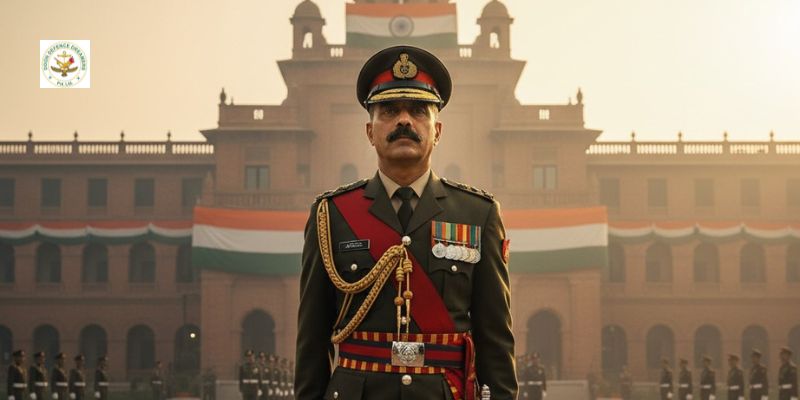Introduction
The Indian Army is full of traditions, symbols, and values. Every item that an officer carries has meaning — whether it is the uniform, medals, or ceremonial swords. One such important item is the baton carried by Army officers.
At first, it may look like a simple stick. But in reality, the baton is a powerful symbol of authority, leadership, and discipline. It connects today’s officers with the long history and heritage of the Army.
This article explains in simple words why Indian Army officers carry the baton, its history, meaning, and importance in modern times.
History of the Baton
The tradition of carrying a baton comes from European armies, especially the British. Long ago, senior officers used batons or staffs to show their command and power.
When the British ruled India, the Indian Army followed the same custom. After independence, India created its own military traditions but kept the baton because of its deep symbolic value.
So, the baton is not just a borrowed idea — over time it has become a proud part of the Indian Army’s culture.
What Does the Baton Symbolize?
The baton stands for several important values in the Army:
Authority – It shows that the officer has the right to lead and command.
Tradition – It reminds officers of the Army’s long and proud history.
Discipline – Carrying the baton reflects the order and discipline of Army life.
Dignity – During parades or functions, it adds respect and grace to the officer’s presence.
How Does the Baton Look?
A typical baton is:
Length: About 2–3 feet, easy to carry.
Material: Usually polished wood or metal.
Design: May have caps or tips with the regimental symbol or Ashoka emblem.
Finish: Smooth and shiny, showing neatness and style.
Though simple in design, the baton carries deep meaning.
How is the Baton Used?
The baton is not just for show. It has practical uses in Army life:
Drill and Parade: Officers use it to give commands during training and parades.
Ceremonial Functions: It is carried during Guard of Honour, Passing Out Parades, and regimental events.
Inspections: Senior officers often hold it during troop inspections.
Status Symbol: It reflects the dignity and responsibility of an officer’s rank.
Baton vs Other Army Symbols
The Army uses many symbols:
Sword: Shows honour and readiness for battle.
Stars/Badges: Display an officer’s rank.
Regimental Flag: Represents pride and unity.
Baton: A personal item that quietly shows authority and leadership.
Is the Baton Still Relevant Today?
Yes, very much! Even in today’s modern Army, the baton still matters.
It keeps alive the heritage and traditions of the Army.
In academies like NDA and IMA, cadets see officers carrying the baton, which inspires respect.
In parades and official events, it adds dignity and pride.
So, while radios and technology are used for command today, the baton remains a powerful symbol of leadership.
The Baton as a Leadership Tool
Leadership in the Army means guiding others, maintaining discipline, and leading by example. The baton becomes a small but strong reminder of this duty.
It shows that the officer carries responsibility.
It reminds both the officer and the soldiers about the chain of command.
It represents the officer’s promise of “Service Before Self.”
Doon Defence Dreamers: Training Future Officers
For aspirants dreaming of becoming Army officers, the baton is more than just an object — it is a goal to work toward. At Doon Defence Dreamers, a top NDA and CDS coaching institute in Dehradun, students are trained to earn this symbol of leadership.
The academy offers NDA, CDS, and SSB preparation.
Physical training sessions focus on stamina, push-ups, pull-ups, and obstacle courses.
Mock interviews and group tasks build officer-like qualities (OLQs).
Foundation batches for RIMC and Sainik School help students start early and prepare step by step.
By combining academic excellence and physical fitness, Doon Defence Dreamers helps aspirants not only clear exams but also build the qualities that the baton represents.
Conclusion
The baton in the Indian Army is more than just a stick. It is a symbol of authority, discipline, tradition, and leadership. Rooted in history, it continues to hold great importance in today’s Army life.
For aspirants, the baton is a source of inspiration. It represents the dream of becoming an officer who leads with dignity and pride. With the right training and guidance from academies like Doon Defence Dreamers, young aspirants can one day earn the honour of carrying this baton and leading the Indian Army with courage.














